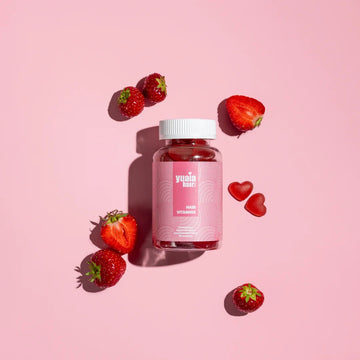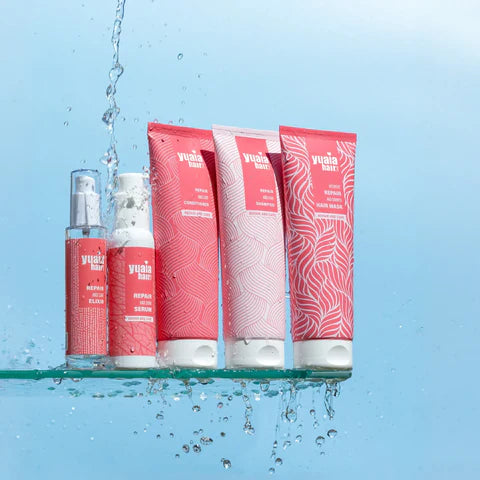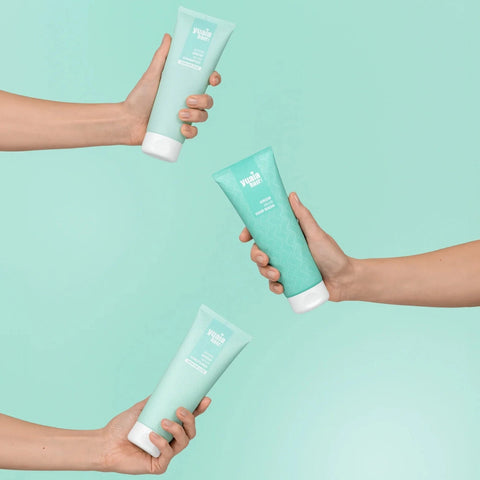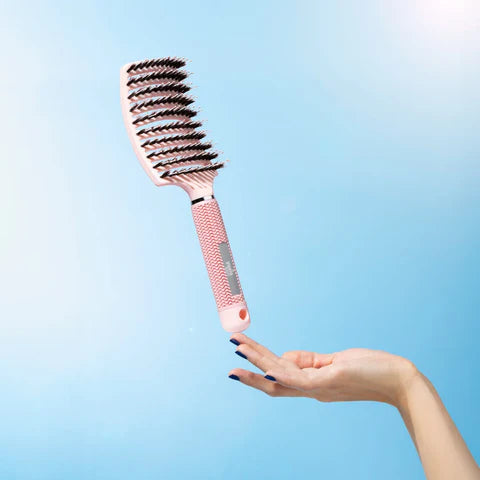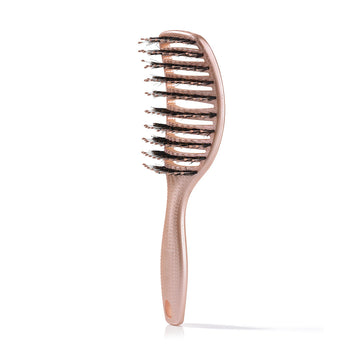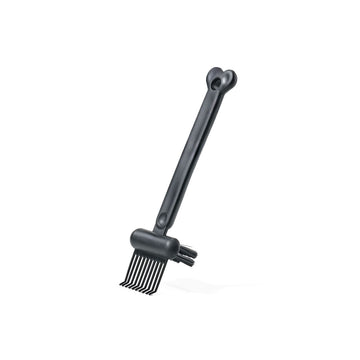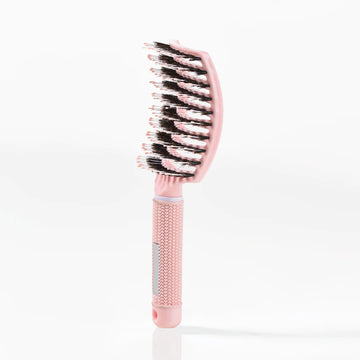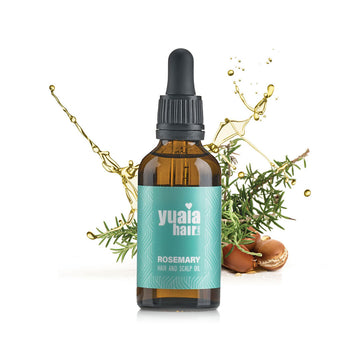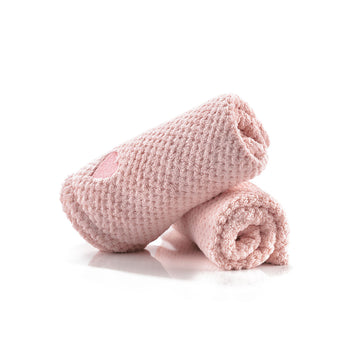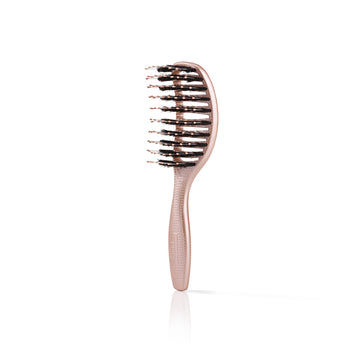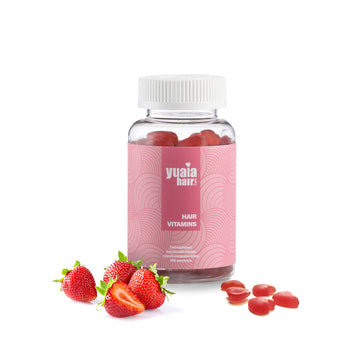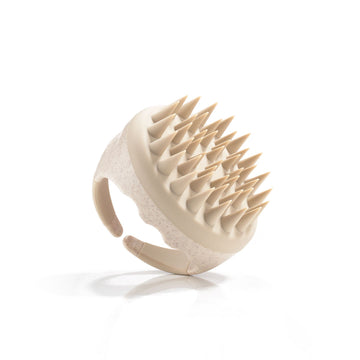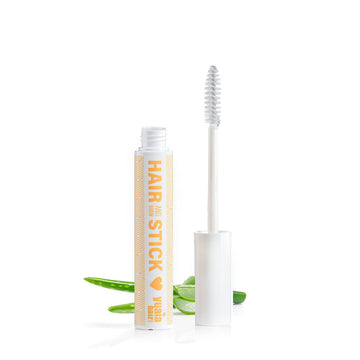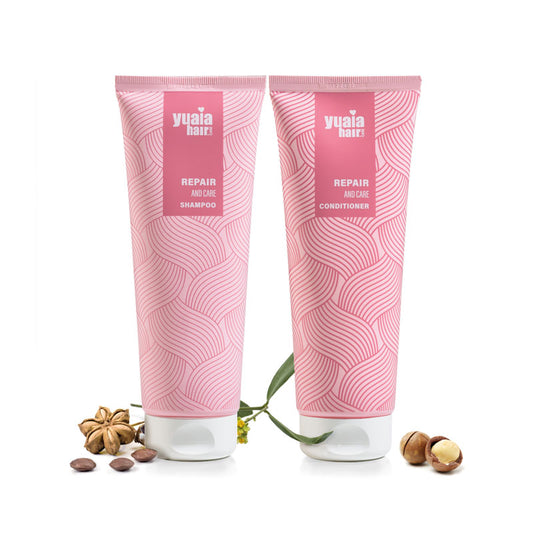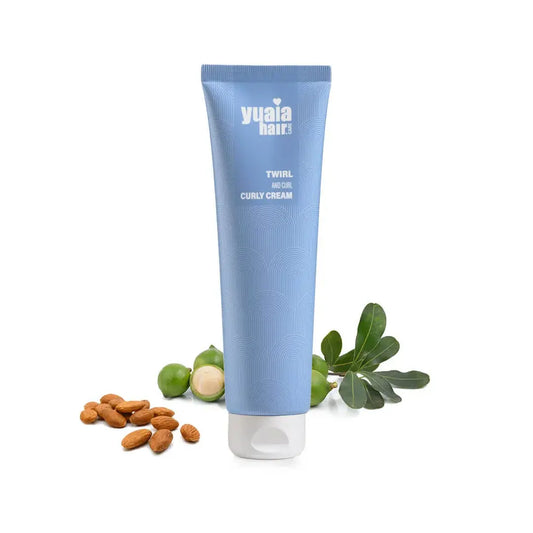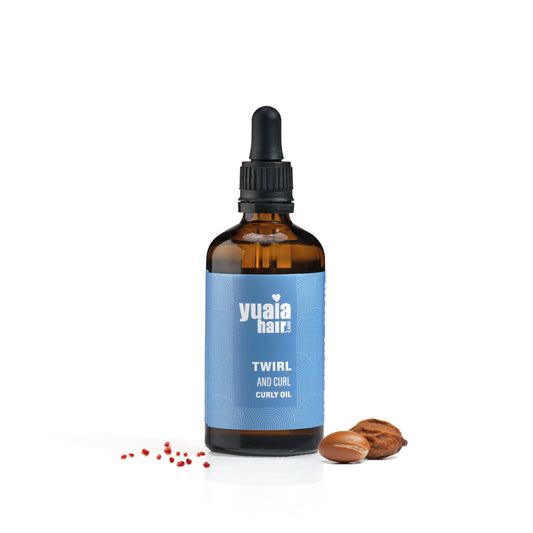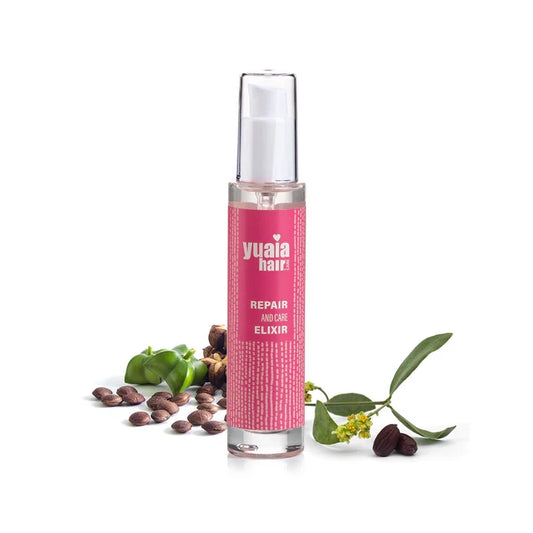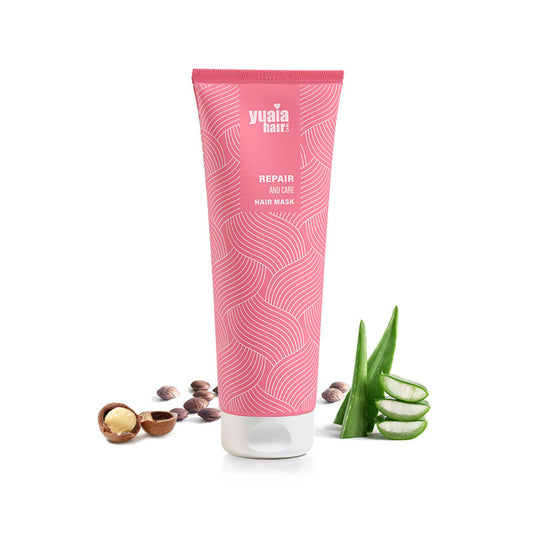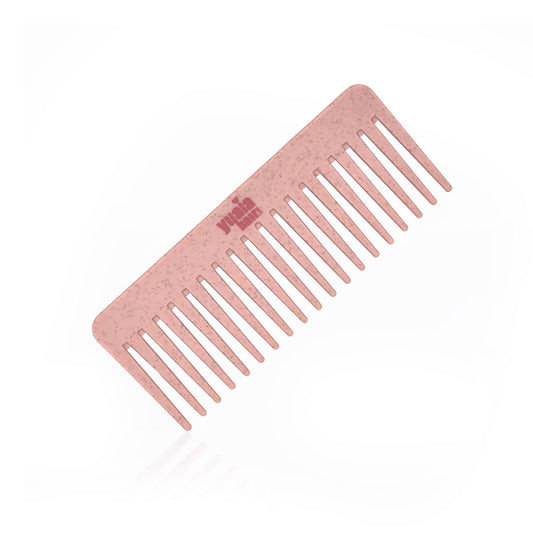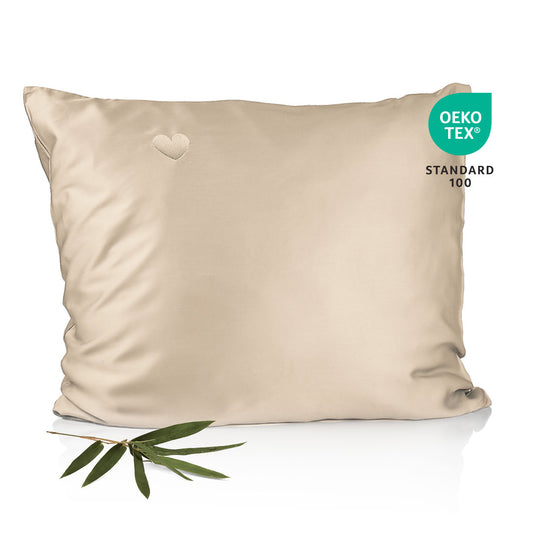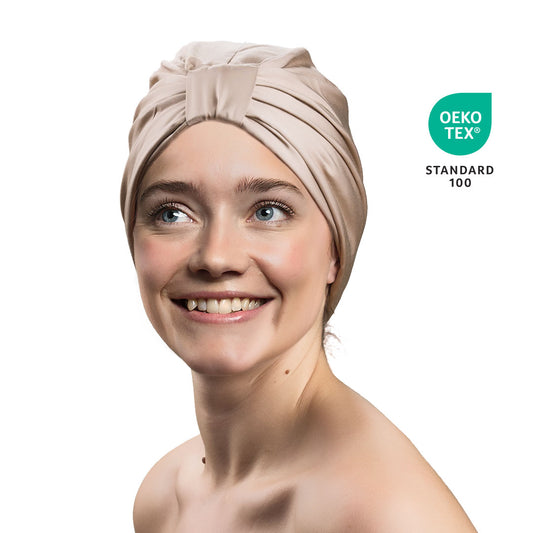
The Purpose of This Guide
This guide aims to provide you with practical, actionable tips to manage and reduce frizz in curly hair. By focusing on natural and preventative approaches, you can achieve long-term results that enhance the health and appearance of your curls. From understanding the importance of hydration to adopting effective hair care routines, this guide will equip you with the knowledge to embrace smooth, frizz-free curls.
Stay tuned as we delve into moisture-focused solutions and structured methods to help you manage frizz effectively. By implementing these strategies, you can enjoy healthy, vibrant curls that are both beautiful and manageable.
Moisture-Focused Solutions
Moisture is a cornerstone in the battle against frizz for curly hair. When hair lacks adequate hydration, the cuticle can lift, allowing external moisture to penetrate and cause frizz. To combat this, it's essential to incorporate hydrating shampoos, conditioners, and leave-in products into your routine. These products work by replenishing lost moisture and creating a protective barrier that locks it in.
The LOC method, which stands for Leave-in conditioner, Oil, and Cream, is particularly effective for sealing in moisture. This technique involves applying a leave-in conditioner to hydrate, followed by oil to lock in that moisture, and finally a cream to define curls and provide hold. This layered approach ensures that your curls remain hydrated and less prone to frizz throughout the day.
Structured Step-by-Step Methods
Implementing a structured routine can significantly reduce frizz and improve the overall health of curly hair. Here’s a step-by-step guide to managing frizz effectively:
- Cleansing: Use sulfate-free shampoos to cleanse without stripping natural oils. Sulfates can be harsh and drying, leading to increased frizz.
- Conditioning: Apply a deep conditioner or hair mask 2-3 times a week. These treatments penetrate deeply to provide essential moisture and nourishment, helping to prevent frizz from the inside out.
- Styling: When using heat, opt for a diffuser to minimize damage. A diffuser helps distribute heat evenly and reduces the risk of disrupting the curl pattern, which can lead to frizz.
- Sealing: Use the LOC method to lock in moisture. This method is particularly beneficial for maintaining hydration and reducing frizz in curly hair.
Specialized Techniques and Preventative Approaches
In addition to moisture and structured routines, there are specialized techniques and preventative measures that can help manage frizz. First, avoid excessive washing, as it can strip natural oils and lead to dryness. Instead, aim to wash your hair only when necessary, using a co-wash or conditioner-only wash in between if needed.
Regular trims are also essential for keeping frizz at bay. Trimming every 6-8 weeks helps eliminate split ends and breakage, which can contribute to frizz. Furthermore, avoid brushing dry hair, as this can disrupt the curl pattern and increase frizz. Instead, detangle your hair when it is wet and coated with conditioner, using a wide-tooth comb or your fingers.
By incorporating these moisture-focused solutions, structured methods, and specialized techniques into your hair care routine, you can effectively manage and reduce frizz, allowing your curls to shine with health and vitality.
Customized Approaches and Additional Tips
When it comes to reducing frizz in curly hair, a one-size-fits-all approach doesn't always work. Different curl types, ranging from 2A to 4C, have unique characteristics and require customized care. For instance, tighter curls, such as 4C, often need more intensive moisture treatments compared to looser curls like 2A. Understanding your curl type can help you select the most suitable products and techniques to keep frizz at bay.
Another crucial aspect of frizz management is your nighttime routine. Protecting your curls while you sleep can prevent frizz and maintain curl definition. Consider using a bamboo pillowcase, which reduces friction and helps retain moisture. Alternatively, you can wrap your hair in a bamboo bonnet to protect your curls overnight.
Seasonal changes can also impact hair health and frizz levels. During humid summers, lightweight, anti-humidity products can help control frizz, while richer, more moisturizing products are beneficial in the dry winter months. Adjusting your hair care routine to suit the season can make a significant difference in maintaining smooth, frizz-free curls.
Embracing Smooth, Frizz-Free Curls
Consistent care and the right product selection are key to embracing smooth, frizz-free curls. By understanding your hair's needs and adjusting your routine to suit different conditions, you can enhance the natural beauty of your curls. Embrace your curls with confidence, knowing that with the right strategies, you can manage frizz effectively and enjoy healthy, vibrant hair.
Frequently Asked Questions
Why does curly hair tend to frizz more than straight hair?
Curly hair is naturally more prone to frizz due to its structure. The twists and turns of curly hair make it difficult for natural oils to travel down the shaft, leading to dryness and increased frizz.
Can I reduce frizz without using heat styling tools?
Yes, you can reduce frizz by focusing on proper product application and air-drying techniques. Use leave-in conditioners and creams to define curls and let your hair air dry for a natural, frizz-free finish.
How often should I deep condition my curly hair?
The frequency of deep conditioning depends on your hair texture and environmental factors. Generally, deep conditioning once a week is beneficial, but you may need to adjust this based on how your hair responds to different conditions.
What ingredients should I look for in anti-frizz products?
Look for natural ingredients known for their moisturizing properties, such as shea butter, coconut oil, and aloe vera. These ingredients help maintain normal hair by sealing in moisture and reducing frizz.
How can I prevent frizz when transitioning from chemically-treated to natural curls?
During the transition, focus on gentle care and patience. Use nourishing products that strengthen and hydrate your hair, and avoid heat styling to minimize damage. Regular trims and protective styles can also help manage frizz during this period.
 2-4 day UK delivery
2-4 day UK delivery
 25.000+ satisfied customers
25.000+ satisfied customers
 Satisfaction Guarantee
Satisfaction Guarantee

